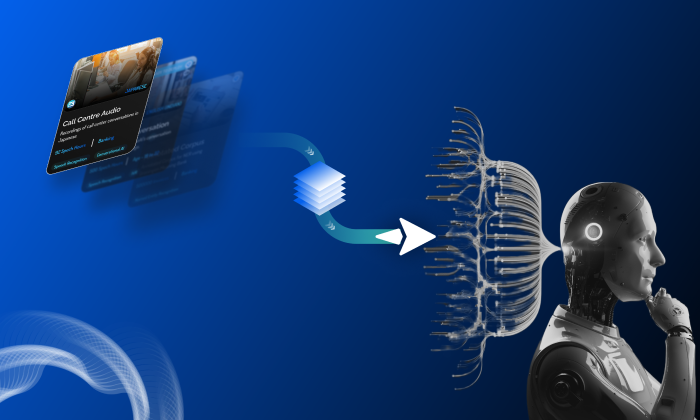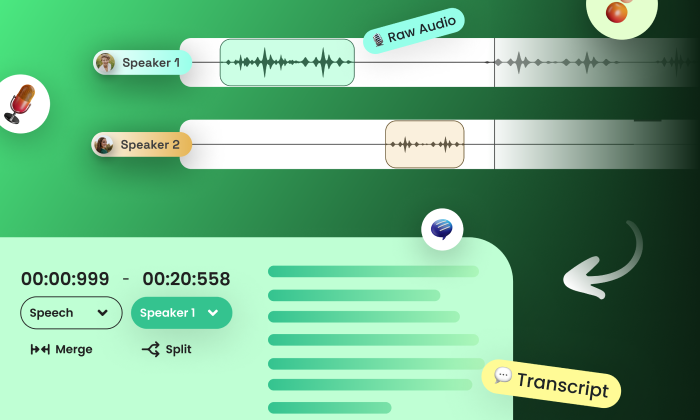How are follow-up consultations captured in the doctor–patient conversation dataset?
Data Capture
Healthcare
Conversation Analysis
Follow-up consultations form a vital part of medical dialogue datasets, such as the Doctor–Patient Conversation Speech Dataset. These sessions provide rich, contextual information that enhances AI systems designed for healthcare communication. By capturing ongoing interactions between patients and doctors, they enable AI to understand progress, evaluate treatment adjustments, and generate more contextually relevant responses.
Understanding Follow-Up Consultations
Follow-up consultations are subsequent medical interactions where healthcare providers evaluate a patient’s progress, discuss treatment outcomes, or address new symptoms and concerns.
They build upon the foundation of initial consultations, representing the continuum of care that defines effective healthcare delivery.
Why Follow-Up Consultations Matter
Capturing follow-up consultations in medical dialogue datasets offers multiple benefits for AI training and deployment:
- Continuity of Care: Follow-ups document patient journeys over time, giving AI models the necessary context to interpret treatment evolution and clinical reasoning.
- Enhanced AI Training: Including longitudinal dialogues allows AI systems to learn context retention, essential for applications like telemedicine, clinical summarization, and automated patient interaction tools.
- Improved Realism in AI Models: Addressing concerns, adjusting medications, or monitoring recovery adds realism to the data, enabling AI to generate empathetic and accurate clinical dialogues.
Methodology for Capturing Follow-Up Consultations
The Doctor–Patient Conversation Speech Dataset captures follow-up consultations through a structured yet naturalistic approach, ensuring clinical authenticity:
- Diverse Recording Scenarios: Conversations include inbound (patient-initiated) and outbound (doctor-initiated) sessions, mirroring real-world clinical workflows. This helps AI understand both reactive and proactive communication dynamics.
- Realistic Dialogue Capture: Recordings take place in simulated clinical environments—including consultation rooms and telehealth setups—to retain natural speech patterns, interruptions, and emotional expressions.
- These features ensure that AI systems learn to respond with contextual sensitivity and empathy.
Specific Scenarios Captured
The dataset encompasses a range of follow-up scenarios, including:
- Routine Check-ups – Patients discuss ongoing progress and treatment outcomes.
- Treatment Adjustments – Doctors modify care plans based on patient feedback and response.
- Symptom Monitoring – Ongoing evaluation of persistent or recurring symptoms.
This diversity strengthens AI’s capacity to interpret dialogue variations and clinical reasoning patterns.
Technical Insights
Follow-up consultations are captured across telephonic and in-person formats, ensuring diversity in acoustic conditions, speaker clarity, and contextual variance.
Each conversation is carefully constructed to replicate authentic clinical interactions, preserving realism without compromising privacy or compliance.
Real-World Implications for AI
Including follow-up consultations in medical datasets drives innovation in key healthcare AI applications:
- Sentiment and Emotion Analysis: AI can detect patient stress, hesitation, or optimism through tone and pacing, offering insights into emotional well-being.
- Clinical Decision Support: AI systems can analyze recurring dialogue patterns to assist healthcare professionals in making informed, data-backed treatment decisions.
Common Missteps in Dataset Development
When designing medical dialogue datasets, teams often face challenges such as:
- Neglecting Contextual Nuance: Failing to capture emotional or relational aspects can lead to sterile, empathy-lacking AI outputs.
- Over-Reliance on Scripted Dialogues: Scripted exchanges limit spontaneity, reducing the realism that’s essential for real-world AI performance.
Ethical Compliance and Privacy
FutureBeeAI prioritizes ethical integrity in all data collection processes.
All conversations are simulated by professionals—ensuring no real patient information is used—while maintaining clinical accuracy and dialogue authenticity.
This approach avoids compliance risks while supporting realistic and privacy-respecting AI training.
Conclusion
The inclusion of follow-up consultations in the Doctor–Patient Conversation Speech Dataset adds depth, continuity, and realism to AI training data. These dialogues enable the creation of healthcare AI systems capable of understanding patient progress, adapting to emotional cues, and supporting effective clinical communication.
For healthcare projects requiring comprehensive, ethical, and production-ready datasets, FutureBeeAI offers scalable solutions tailored to your AI development needs—empowering systems that listen, understand, and respond with human-like empathy.
Smart FAQs
Q. How do follow-up consultations differ from initial consultations in datasets?
A. Follow-up consultations emphasize continuing care and progress monitoring, whereas initial consultations focus on diagnosis and treatment planning. Together, they provide AI systems with a full spectrum of patient-care dynamics.
Q. What role does ethical compliance play in the collection of medical dialogue datasets?
A. Ethical compliance ensures patient confidentiality and legal soundness. Using simulated yet realistic conversations eliminates privacy risks while maintaining the quality and authenticity required for healthcare AI training.
What Else Do People Ask?
Related AI Articles
Browse Matching Datasets
Acquiring high-quality AI datasets has never been easier!!!
Get in touch with our AI data expert now!








